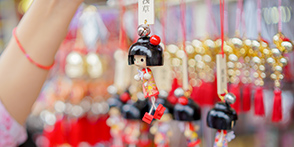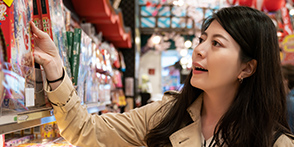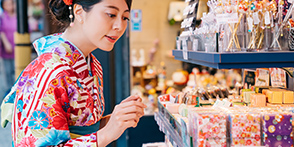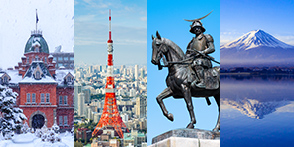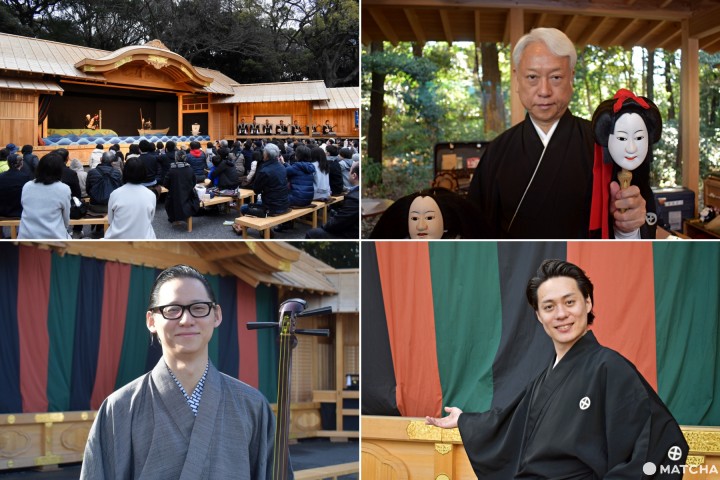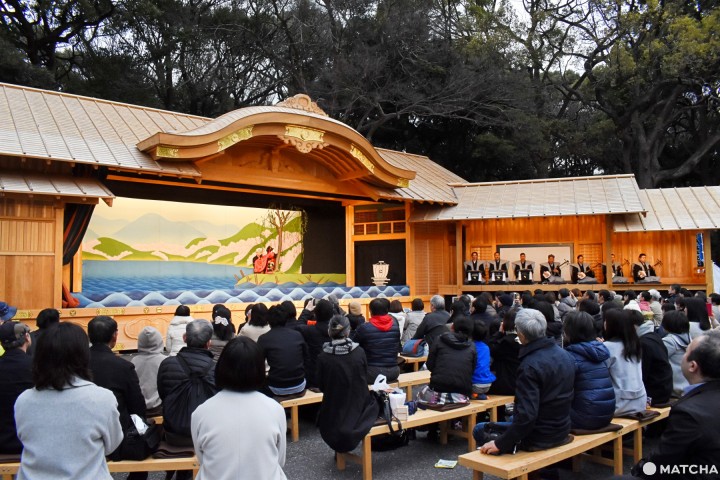-
分类
- 地区
- 日本文化
- 其他
-
更新日期
- 2019-05-06
Bunraku is one of Japan's traditional performing arts, alongside Kabuki and Noh. With a 300-year long tradition, Bunraku features magnificent puppets and dramatic plots. Learn about bunraku from three top performers and where to watch it.
Bunraku - Japan's Traditional Puppet Theater
Bunraku, also known as ningyo joruri, is a form of Japanese puppet theaterdesignated as a UNESCO Intangible Cultural Heritage. This form of performing art first appeared in Osaka during the Edo period around the 18th century. It has continued to be practiced and shown for centuries to this day.
Although the term “puppet theater” may conjure up images of performances for children, this is not the case for bunraku. In fact, the majority of plays are intended for an adult audience.
Plays are based on old Japanese folktales about heroes of the past, love stories between Edo period men and women, or stories about double suicides (shinju, when partners in love both commit suicide out of love). These themes have been considered entertaining for older audiences.
Bunraku is considered to be a Japanese traditional form of art, as is the case with Kabuki and Noh theater. However, not many people have ever watched a Bunraku show.
This article contains interviews with three prominent performers of Bunraku. Learn about the basics of this stage art and how to enjoy it best from the top figures in the world of Bunraku!
The Three Performer Roles in Bunraku
There are three major performer roles in Bunraku. First, we have the ningyozukai, the persons who control the movements of the puppets. The second performer role is that of the shamisen player, who plays the shamisen, a three-stringed traditional instrument. The third performer role needed in a Bunraku performance is called tayu, the story-teller.
This explanation alone probably isn’t enough to paint the picture, so take a look at the following video, first. Although it is in Japanese, you should be able to grasp the concept behind the art of Bunraku.
...... read the rest of the article on MATCHA website:
MATCHA
